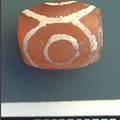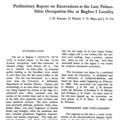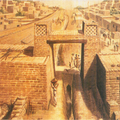Carnelian Bead Production in Khambat, India: An Ethnoarchaeological Study
An overview of the important technological and organization aspects of the carnelian bead industry that will be useful in developing interpretive models regarding the role of agate bead production in early urban societies.






























